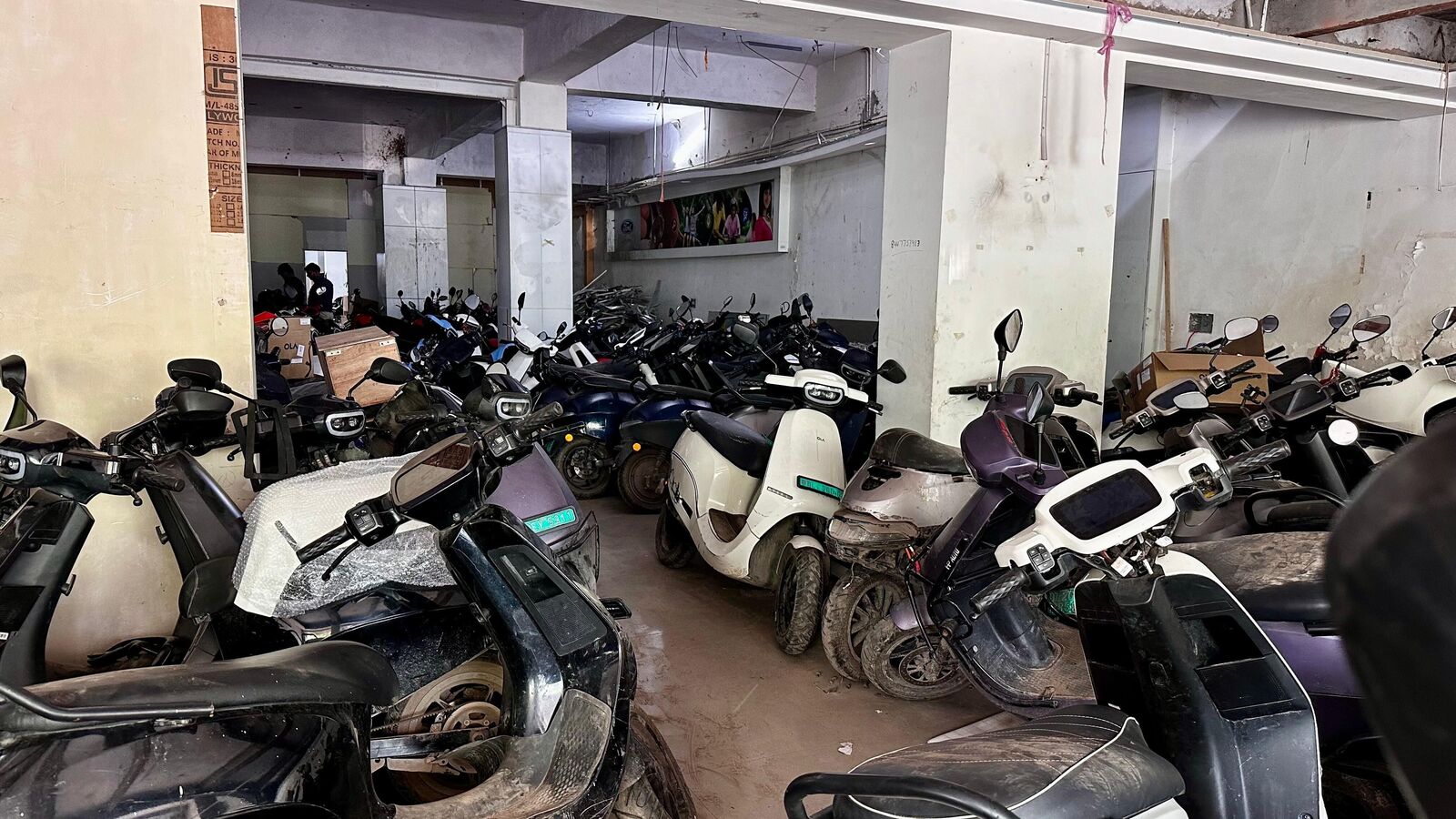Ola Electric Mobility, India’s leading two-wheeler electric vehicle manufacturer, has seen its shares continue to decline in recent sessions after an initial strong surge after listing. In today’s trading, the stock dropped 3% to ₹110 per share, marking the sixth consecutive session of losses.
As a result, the stock is currently trading 30% below its recent peak of ₹157.40, reached on August 20. However, despite this decline, the stock is still up 45% from its IPO price of ₹76.
Competition in the electric two-wheeler (2W) market is intensifying, putting pressure on Ola Electric, which currently holds the largest market share in this segment. TVS Motor and Bajaj Auto have expanded their portfolios with more affordable electric two-wheelers, challenging Ola’s dominance.
Additionally, Hero MotoCorp plans to double its EV sales volume by increasing the availability of its Vida EV motorcycle and introducing a more affordable variant, further intensifying the competition.
Amid intense competition, Ola’s market share dropped to 33% in August from 49% in the first quarter of the current fiscal year, according to Jefferies. Additionally, InCred Equities suggests that it could take up to three years for Ola to establish a strong presence in the motorcycle segment, similar to its experience with scooters.
Electric 2W sales hit the brakes
Two-wheeler (2W) sales saw a significant slump in August, dropping 18% to 88,473 units compared to 1,07,475 units in July 2024, with Ola Electric sales coming at 27,506 units, the lowest so far this calendar year. While August 2024 numbers represent a 47% year-over-year increase from August 2023’s 18,749 units, they still fell 34% from July 2024’s 41,711 units, as per the Vahan data.
Despite this decline, India’s listed two-wheeler manufacturers are not close to matching Ola’s sales in the E2W segment.
Ola Electric started CY2024 with 32,422 units in January, peaked at 53,634 units in March, and maintained strong month-on-month growth from April through July until the decline in August.
In the June quarter, Ola accelerated growth by ramping up deliveries of its mass-market scooter portfolio (S1 X portfolio) and experiencing strong demand for its existing models (S1 Pro, S1 Air, and S1 X+).
The company has also entered the two-wheeler motorcycle segment, unveiling three electric bike models—Roadster Pro, Roadster, and Roadster X—which are expected to further boost sales. Ola plans to begin delivering these motorcycles by 2025, starting with the Roadster X.
Additionally, Ola is working on integrating its own cells into its electric vehicles starting in Q1 FY26, which will give it a strong competitive advantage with highly efficient cost structures. The cell is currently under trial production at Ola’s Gigafactory.
HSBC view
Just days after OLA Electric’s stock listing, HSBC Securities and Capital Markets (India) initiated coverage with a target price of ₹140 per share. The brokerage is optimistic about OLA Electric’s efforts to localize key EV components, particularly battery production, which could attract investors focused on India’s electrification trend.
However, HSBC highlighted challenges such as slow EV adoption, intense competition, uncertain regulatory support, and risks related to battery manufacturing. Despite these hurdles, the brokerage believes the risk-reward profile for OLA Electric remains favorable, citing potential cost reductions in EV production and the possibility of a successful battery venture.
Disclaimer: The views and recommendations given in this article are those of individual analysts. These do not represent the views of Mint. We advise investors to check with certified experts before taking any investment decisions.
Catch all the Business News , Market News , Breaking News Events and Latest News Updates on Live Mint. Download The Mint News App to get Daily Market Updates.
MoreLess
